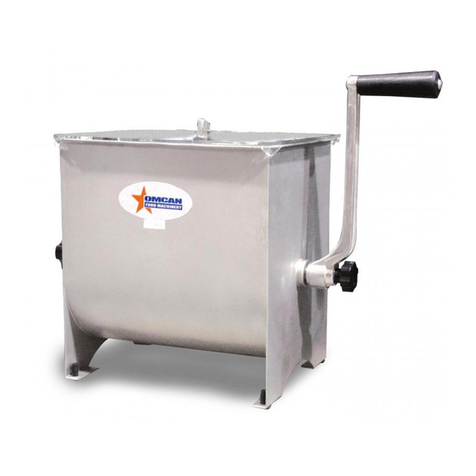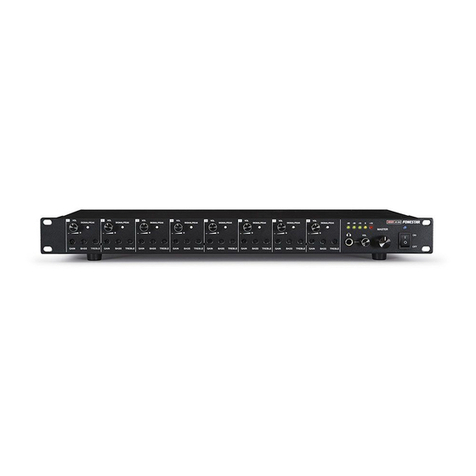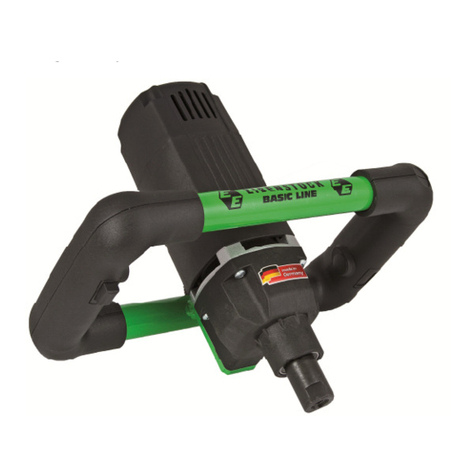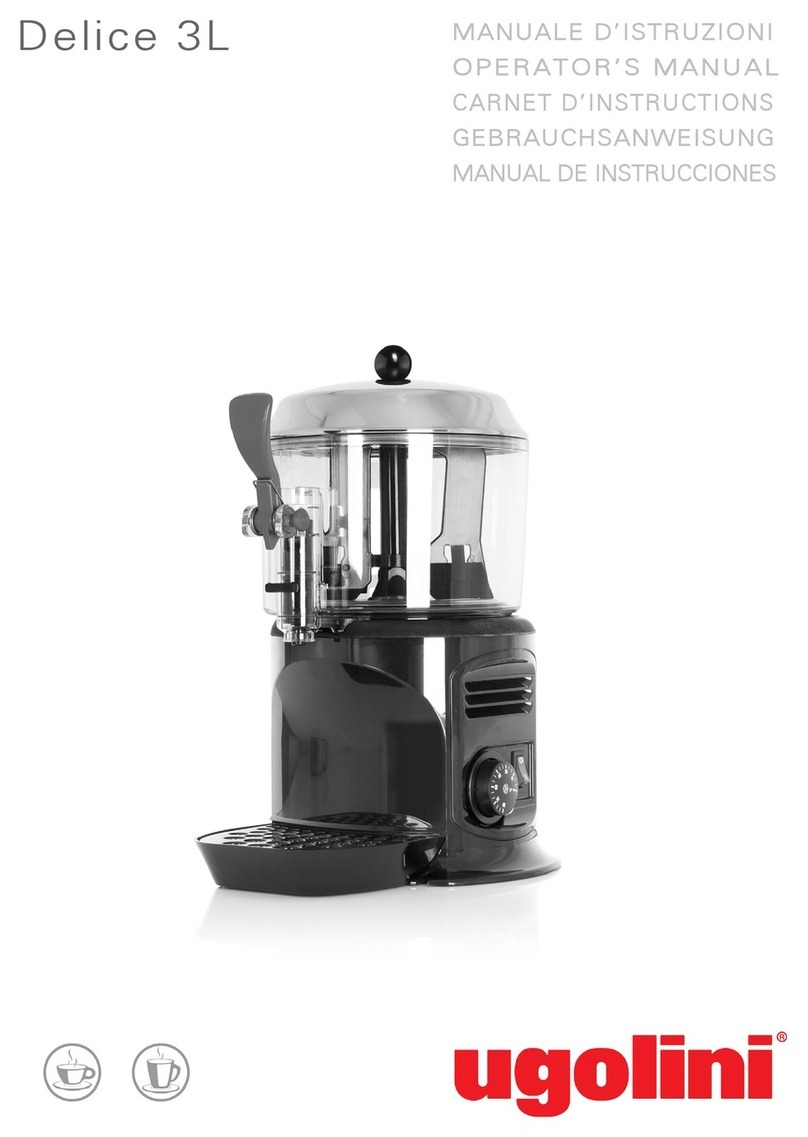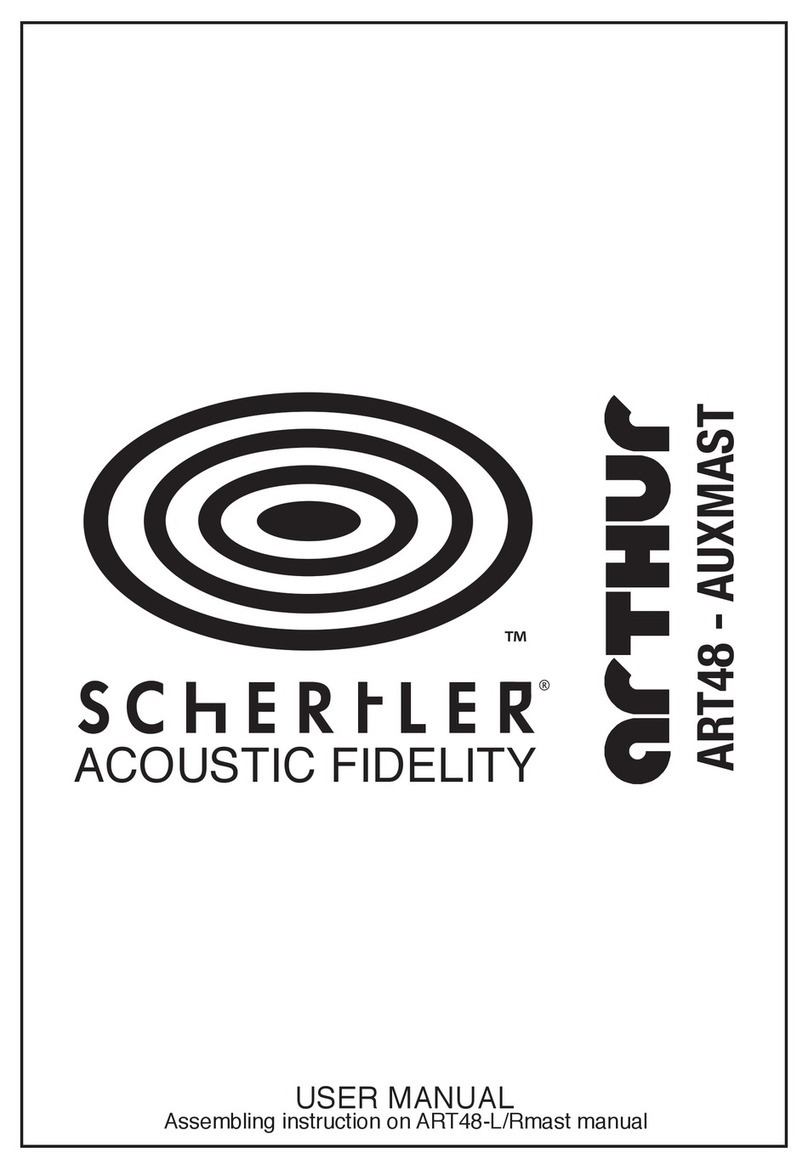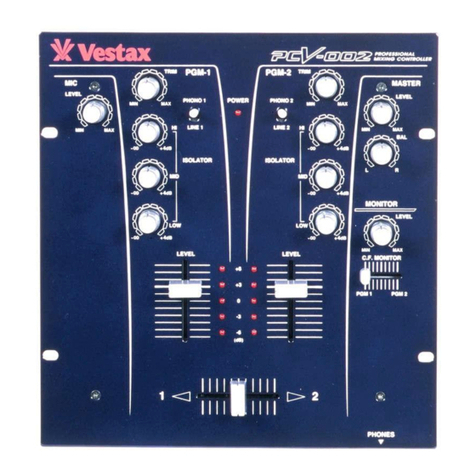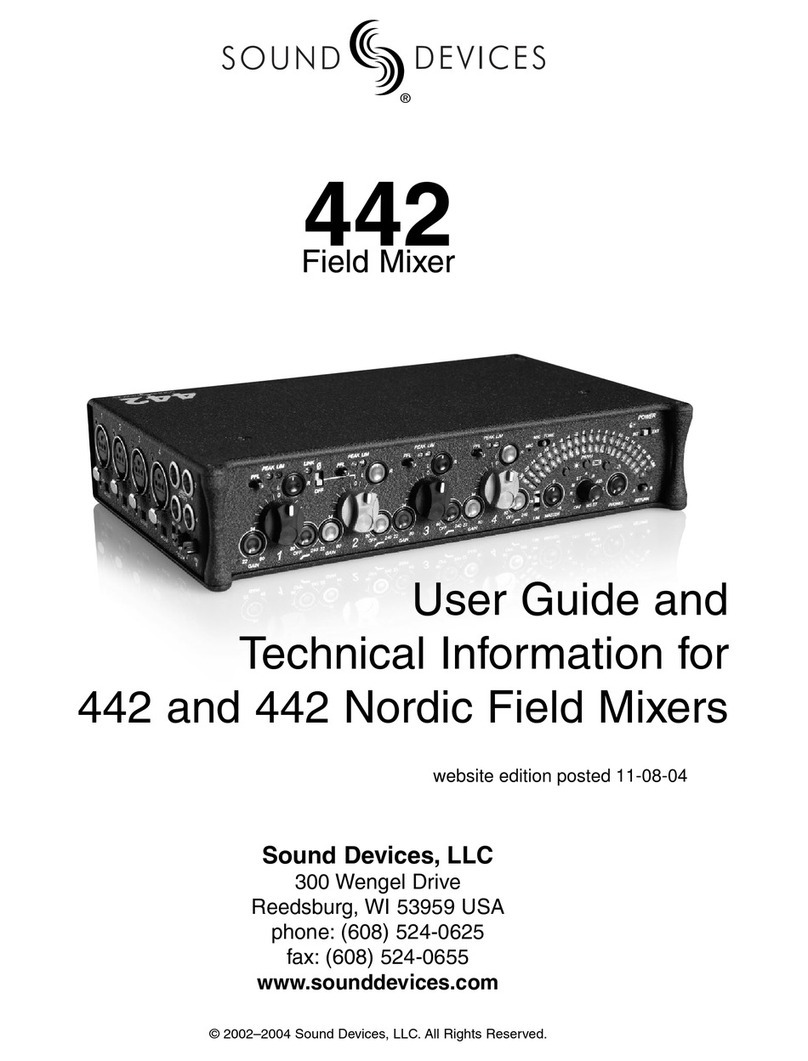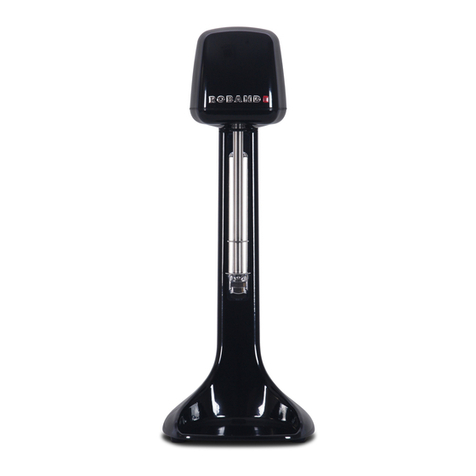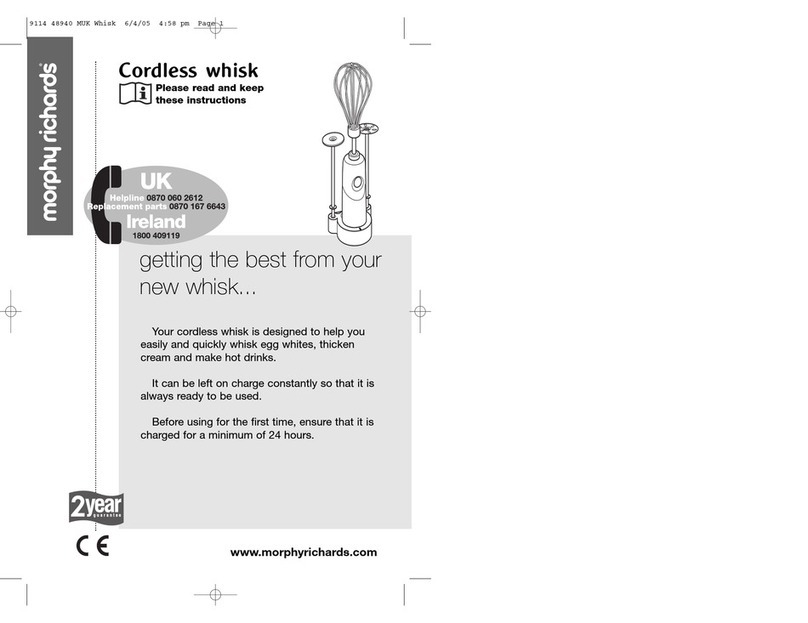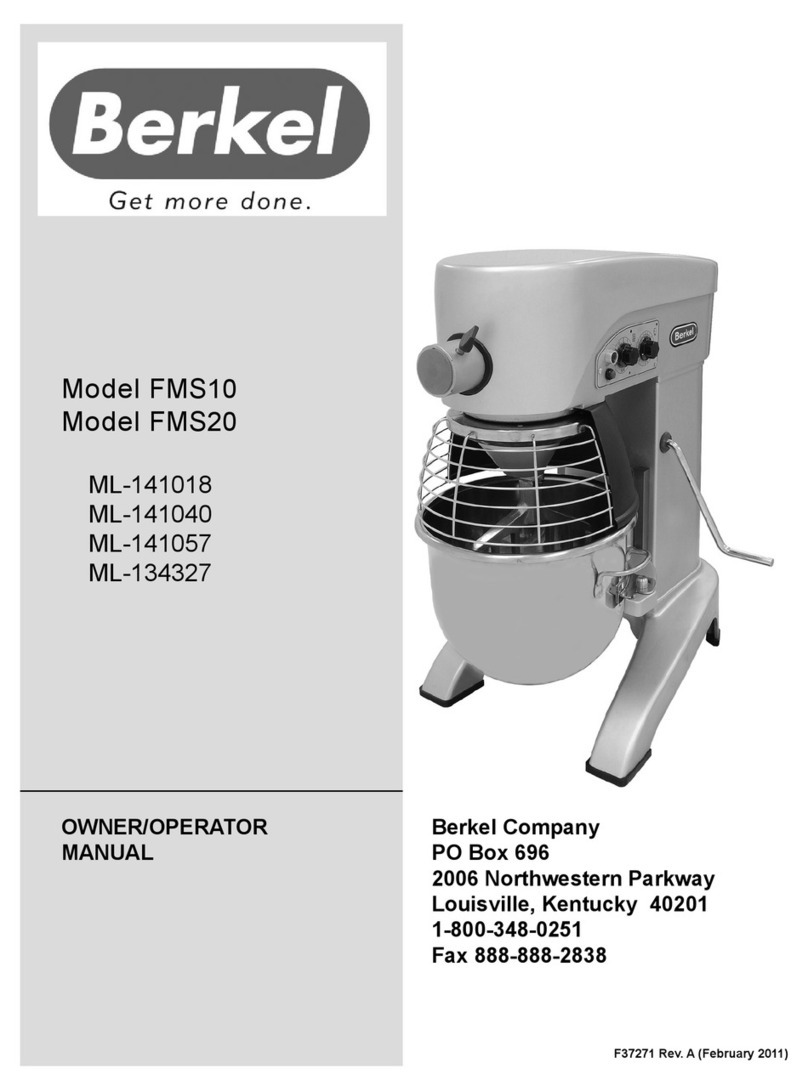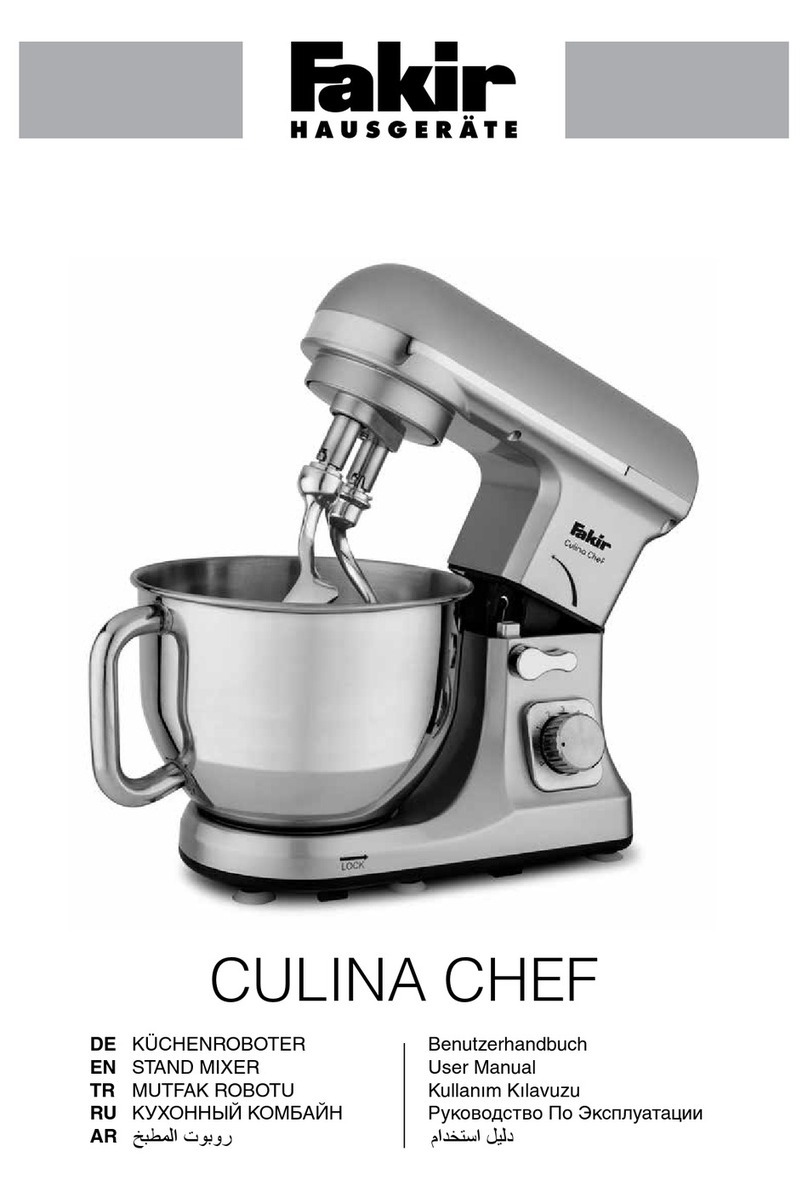ACTION ELECTRONICS P40E User manual

www.action-electronics.co.uk
MARINE MOTOR MIXER
For 2-3 motors R/C ELECTRONICS
P40E
Neutral (centre stick)setting up Autoset (takes 2 seconds)
Receiver voltage 4.8 - 6V V*
Case size 55 mm x 36mm x 20mm
Power ON indicator LED
Adjustments Four different degrees of motor mix via 2-way PCB switch
This on-board marine motor mixer will suit models with two or three electronic speed-controlled
motors. It now has four user-selectable ‘degrees’ of mix which make it suitable for models from fast
launches to very manoeuvrable work-boats such as tugs. This offers full proportional control of
motors and steering from only two radio channels, although it will work with sets of four or more
channels. It has proved to be compatible with most electronic speed controllers which are equipped
with full forward and reverse power function, Use of BEC is notincluding those for brushless motors.
recommended but can be accommodated. We strongly recommend the use of a separate battery pack
for each motor to avoid the complications due to earth loops which can arise with resetting
microprocessors.
Straight-through output pin connections are provided for a rudder servo and a third, unmixed speed
controller for a central motor. This eliminates the need for Y-leads.
OPERATION
Always switch on your Transmitter first, then your receiver. (Allow the two to ‘bind’ if you are using a 2.4GHz
set). Wait for a further three or four seconds before moving either of the transmitter sticks; this allows the on-
board microprocessor to set itself to the incoming neutral signals from the transmitter. When closing down,
switch off the receiver first, followed by the transmitter.
DO NOT PLUG OR UNPLUG ANY CONNECTIONS TO THE RECEIVER OR MIXER WITH THE POWER SWITCHED ON.
IT CAN FATALLY DAMAGE MICROPROCESSORS.
MODES OF OPERATION
P40E has four different degrees of mixing, depending on the type of model into which you have fitted it. These
are set by moving the little switches 1 and 2 as follows:
Mode 1: SW1=ON; SW2=ON - This is designed for fast models such as patrol boats and modern lifeboats. The
inner motor in a turn is reduced in speed by applying increasing amounts of rudder command but it will not go
into reverse, irrespective of how fast the model is travelling. This avoids the model slowing down noticeably
when a turn is applied.
Mode 2: SW1=OFF; SW2=ON - This allows the inner motor to go into reverse at full rudder but restricts that
reverse speed to 25%. It suits slightly slower models than Mode 4 or where a little more manoeuvrability is
required.
Mode 3: SW1=ON; SW2=OFF - As Mode 2 except that the inner motor can reverse up to 50% full speed at full
rudder.
Mode 4: SW1=OFF; SW2=OFF - This is the classic “spin-on-the-spot”mode where the inner motor can be made
to run at full reverse speed with full rudder and a little throttle. It is designed for very manoeuvrable models
such as tugs.
Note that NONE of the modes allows the inner motor to reverse at full throttle full rudder which would causeand
a drastic “lurch”in the model’s progress at speed. Selection of the correct mode is down to the user by seeing
what the model does when different throttle and rudder commands are given. If in doubt we suggest starting
with Mode 1, which is the most “gentle”mix.
CONNECTION and TESTING
Connect the plugs on the two fitted leads marked and to the teering and hrottle outputs of your receiver.S T S T
Connect the port and starboard speed controllers to Motor 1 and Motor 2 output pins, ensuring that the leads are
fitted the right way around (See drawing). The third (central) motor speed controller can be connected if you are
using a central motor. This will follow the throttle control and will not be affected by any mixing. The lastonly
connection is the steering servo. IF YOU ARE USING ACTION SPEED CONTROLLERS THEN YOU SHOULD FIT A
SEPARATE BATTERY FOR EACH MOTOR to avoid the possibility of ground loops which could cause loss of motor
control.
* 5-CELL RECHARGEABLE PACK OR A 6V LEAD-ACIDPREVIOUS VERSIONS OF THE P40 COULD NOT BE USED WITH A BATTERY
HOWEVER THE P40E CAN BE USED FROM ANY 4.8V / 6.0V / 6.6V BATTERY

RECOVERY SERVICE
A recovery or repairs service ensures that you will not be left with a dead unit for any reason.
The Service Charge for this kit is £1 .00 including parts (including return shipping cost IN UK).8
All returns Number, Expiry date andshould include full Credit Card details (Name & Address of cardholder, Card
3-digit Card Security Number)
ACTION R/C ELECTRONICS, 1 Llwyn Bleddyn, Llanllechid, Bangor LL57 3EF, United Kingdom
The small print……….
ACTion R/C Electronics guarantee all products to be free from manufacturing defects for 12 months from date of purchase. This does not cover suitability for specific
applications; components worn or damaged by use, tampering or incorrect connection; alteration to original components; damage to batteries or other equipment
through use; misuse, or shipping damage. Where goods are found to be faulty, the customer shall return them to ACTion R/C Electronics in their original condition and
with their original instructions, packaging etc. Our liability is limited to repairing or replacing goods to their original specification and will not exceed the cost of the
goods. By using the product the user accepts all liability. Where a fixed repair charge is applicable, ACTion R/C Electronics shall undertake repairs to the extent that
they are judged economically viable. Where such is not the case then the customer will be offered the option of crediting the repair charge towards the cost of a new
unit or having the faulty unit returned and the charge refunded (less the cost of return carriage). We reserve the right to modify this guarantee without notice.
www.action-electronics.co.uk
R/C ELECTRONICS
P40E
SETTING UP YOUR MIXER
Please follow these instructions in exactly the order in which they are written, referring to the Setting Up
diagrams. Remember that this unit is actually a small computer and that there is a regime involved in its
operation. Ignore this and you’ll quickly become frustrated!
The setting up directions assume a few basics:
1) Your transmitter has servo-reverse facility on both the motor and steering channels;
2) The motor control is on the LH stick of the transmitter while the steering is on the RH stick;
3) You have two spare servos to act as guides while you set things up (don’t worry if you don’t, but you’ll then
have to connect the mixer straight to the ESCs and motors for setting up); and
4) Your model has the conventional outward-turning props when viewed from behind the model i.e.
Starboard=Clockwise and Port=Anticlockwise. If your model had inward turning motors then set up the system
exactly as drawn and, when finished, simply reverse the two wires between each motor and its speed controller
so that the motors now run in the opposite direction - easy!
Plug the mixer into the receiver; connect the steering servo to the mixer steering output and switch on. Check
that the servo moves in the right direction on given command to steer the model with the rudder(s). If
necessary, use the reverse switch on the transmitter to change the direction of the servo. Leave this switch
alone for th rest of the set-up procedure.
Plug a spare servo into each of the mixer’s ESC outputs (motors 1 and 2) and switch on. Allow four seconds for
the Autoset function to activate before moving any sticks on the transmitter. Move the throttle and rudder
sticks and check that the servo discs move as in the first three rows of the diagram. You may need to use the
servo reverse switch on the transmitter throttle channel. Now try the commands in the last four rows of the
diagram. You should need only to adjust only the position of the servos on the bench at this stage (i.e. swap
over port and starboard) to effect the necessary changes. When you are happy with the results make a note of
the position of the reverse switches on the transmitter for future reference.
Now disconnect the servos and install the mixer in the model. Connect the Port and Starboard speed controllers
to the corresponding mixer output pins (Motors 1 and 2 - as dictated by the test servos). Connect the motors to
the speed controllers and the speed controllers to the main drive batteries. NB if you are using BEC-equipped
speed controllers then you MUST disable the BEC in all but one of them by removing the Red wire from the
black plug which fits into the mixer. If you are using a separate battery for the recommended) then you must
disable the BEC in ALL of the speed controllers. Switch on the radio. Move the transmitter sticks and check that
the props turn in the correct direction as per the last column on the diagram. If either of the motors runs the
wrong way then simply reverse its connection to the speed controller. (Brushless motors have wires to thethree
ESC; swap over any of these wires to reverse the motor direction). DON’T REVERSE THE CONNECTIONStwo
FROM THE BATTERIES TO THE SPEED CONTROLLERS unless you’re a fan of minor explosions and expensive,
grey smoke............ Adjust the neutral and peak settings of your speed controllers as per the supplier’s manual
if necessary. ACTion Condor ESCs have full Autoset and will take care of any further setting up automatically
each time you power up. Remember that you MUST ALWAYS wait four seconds after switching on before
moving either of the transmitter sticks.

ON
1 2
-+S
STEERING
MOTOR SPEED
S
T
www.action-electronics.co.uk
C Action R/C Electronics
ESC 3*
*IF REQUIRED
ESC 2
ESC 1
POWER ON IND
Mode selection switches
RUDDER SERVO
Black
Red
White/Yellow
Fit plugs from ESCs with Black
(Negative) leads towards
outer edge of P40 case.D
Rudder Servo
Mixer
CH1
CH2
Batt
Receiver
Rx battery 4.8v
On/Off switch
Mixer
P40D
Fwd
Rev
Ch2
Ch1
Port Stb’d
+
BATTERY
-
ESC
FUSE
Port Motor
+
-
+
BATTERY
-
ESC
FUSE +
-
+
BATTERY
-
ESC
FUSE
Stb’d Motor
+
-
Centre (third) motor & speed
controller, if required
Use a separate battery
for each motor and ESC
MODE 4
MODE 3
MODE 1 MODE 2
CONNECTIONS TO P40E
SYSTEM CONNECTIONS
MODE SELECTION SWITCH POSITIONS
ACTion do not recommend the use of speed controllers fitted with Battery Elimination Circuitry. If you do use these then you MUST either disable
the BEC in all but one of them or, preferably, disable it in all and use a separate 4-cell rechargeable pack for the receiver, as shown. BEC is disabled
by removing the RED (Positive) wire from the ESC plug which fits into the receiver. If there is a slide switch fitted to the ESC then leave it ON or the
ESC itself might not work.

COMMAND
STOP STOP
FWDFWD
REV REV
STOP FWD
FWD STOP
STOP REV
REV STOP
Port Stbd Port StbdMotor Steering
SETTING UP ACTION MARINE MIXER USING TEST SERVOSP40E
Set two on-board switches to ON and ON (Mode 1)
FULL ASTERN
+
HARD TO PORT
FULL ASTERN
+
HARD TO STBD
FULL AHEAD
+
HARD TO STBD
FULL AHEAD
+
HARD TO PORT
DEAD STOP
+
NO RUDDER
FULL AHEAD
+
NO RUDDER
FULL ASTERN
+
NO RUDDER
Tx stick positions Test servo disc positions Prop direction/speed
Table of contents
